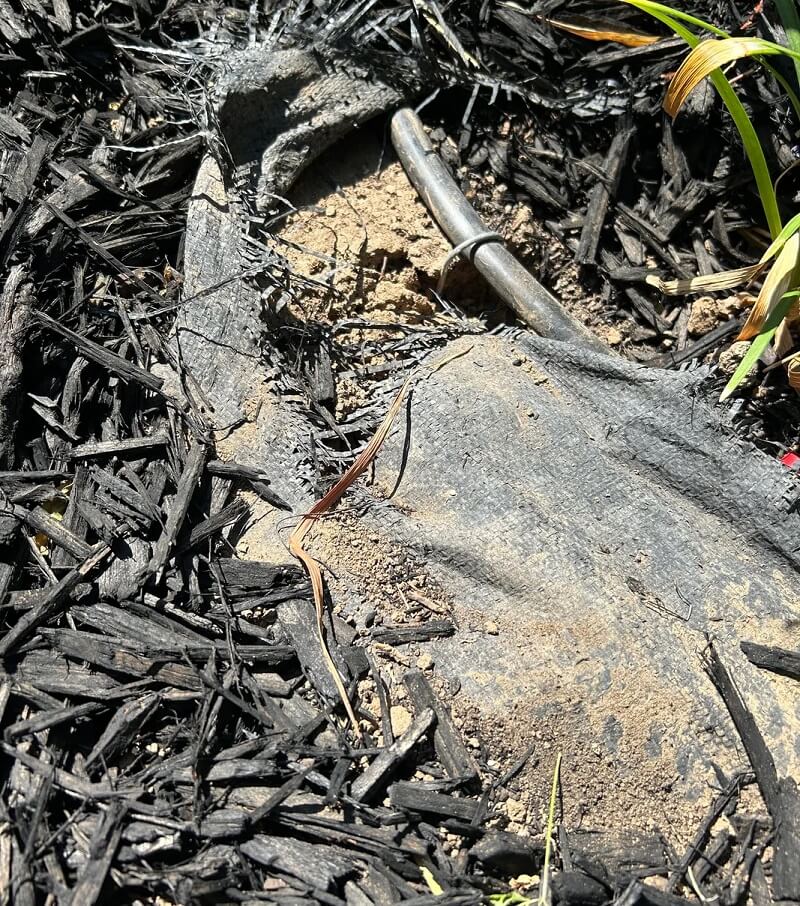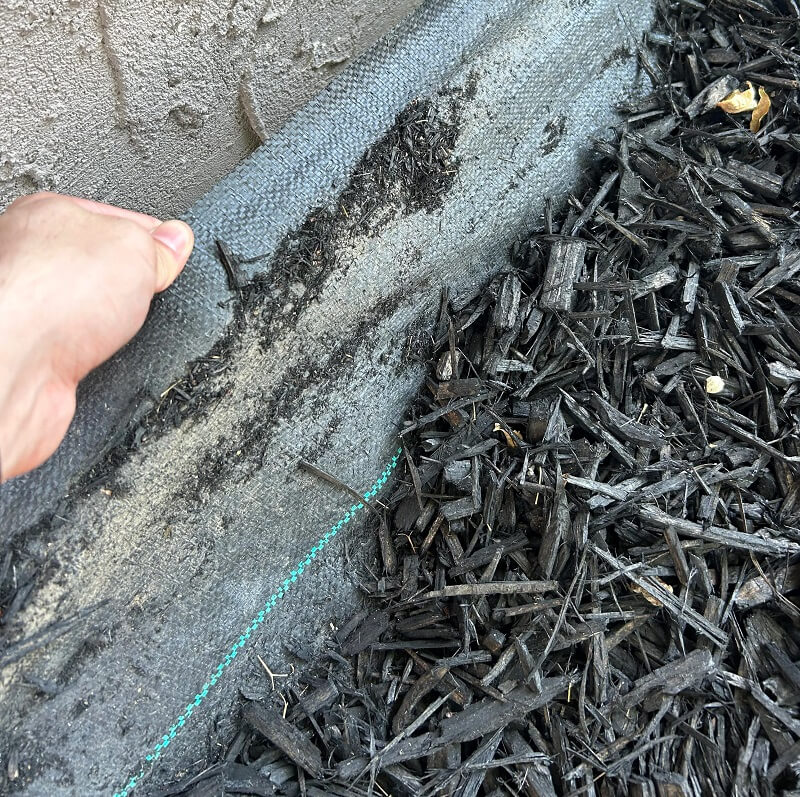When digging into soil, most gardeners expect to encounter roots, rocks, and bugs. But one homeowner found something that shocked them.
They shared the story on the subreddit r/gardening.


"So we recently bought a house, and the previous homeowner had fairly recently landscaped in an attempt to boost curb appeal," they wrote. "... The execution was very amateurish and a lot of plants here just don't fit the lighting or climate. My wife and I are working to make it more pollinator friendly and water wise.
"When I started pulling some of the mulch and what I thought was weed matting, I discovered what appears to be plastic tarp instead. I've never seen this before, so I'm not sure what to do with it."
They posted photos of the tarp, frayed and disintegrating beneath the soil and mulch.
"Is it common? Is this even safe for plants and wildlife? Should I just rip it all out and start from scratch?" they asked.
Commenters were unanimous in their advice.
"Remove it. It prevents water and oxygen from entering soil," one person advised.
The homeowner agreed, replying, "It seems like it's suffocating the few plants that are here."
The tactic of using suffocation to choke out weeds and invasive plants is not uncommon. However, it's generally not advisable to implement that technique with plastics or any unnatural substance — even including so-called biodegradable landscaping fabrics, many of which don't turn out to be biodegradable at all.
These materials suffocate invasive and native plants in equal measure, as the OP pointed out, making them a waste of time and money for the gardener. But not only that, they also leach toxic chemicals into the soil the longer they're in the ground.
And when the plastic does eventually disintegrate, it breaks down into microplastics, which then make their way via plants and animals into the food chain. Microplastics are in the air we breathe, the water we drink, and even our internal organs.
The OP also pointed out that the plastic tarp would prevent excess rainfall from draining properly, which could harm their plants.
Instead, they'll be better off removing the plastic and installing a natural lawn with plenty of native plants, which will both increase their home's curb appeal and cost much less in the long run than the ineffective tarp.
Join our free newsletter for easy tips to save more and waste less, and don't miss this cool list of easy ways to help yourself while helping the planet.









